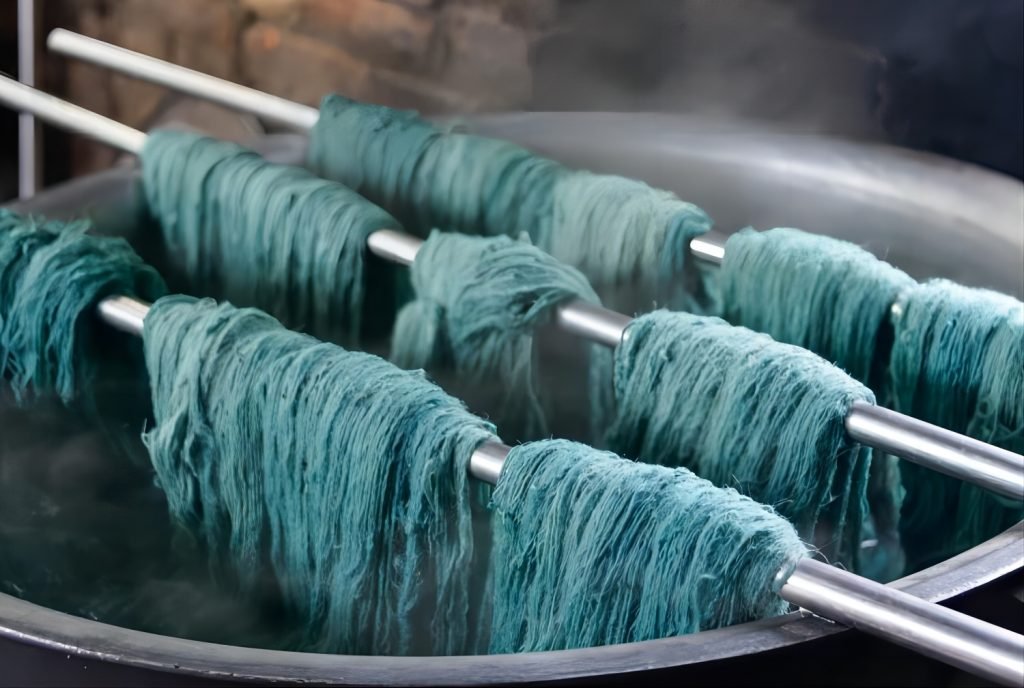ORGANIC COTTON
PLANTS FROM INDIA / USA / EUROPE
FOR AMAZING HEADWEARS
WHAT IS ORGANIC COTTON ?
Organic cotton is simply cotton grown in a way that doesn’t require the use of pesticides or other harmful chemicals.
The organic cotton is warm and soft to the touch. When wearing a hat, it makes people feel completely close to nature and comfortable. The organic cotton hat has good air permeability, absorbs sweat and dries quickly, and is not sticky or greasy.
- It does not have GMOs (genetically modified organisms)
- It does not cause allergies or irritation
- It is higher quality than traditional cotton
- It is irrigated with rainwater, without wasting water for the villages
- Reduces chemical contamination of groundwater
- Helps retain CO2 in the soil by mitigating climate change
- It uses less energy and water than traditional cotton
- It does not contain pesticides and chemical fertilisers, preserving the fertility of the soil
- Improves the working and health conditions of farmers
- It encourages farmers to abandon traditional cotton for its added value
SUSTAINABILITY BRANDING DONE RIGHT

LOW IMPACT DYE
Unlike natural dyes, low impact dyes don’t contain any toxic chemicals and don’t require mordants (toxic substances that fix dyes to fabric). They require significantly less water during the dyeing process, because low impact dyes permanently bond with the fibers.
The low impact dyes we use are ‘azo free’ dyes. The azo chemical in dyes has been found to contain toxic compounds ranging from chlorine bleach to known carcinogens.
To be certified GOTS (Global Organic Textile Standards), manufacturers need to adhere to approved dyes only.
Fibre-reactive dyes are low-impact synthetic dyes that directly bond with the garment fibres rather than merely remaining as an independent chemical entity within the fibre.
Fibre-reactive dyes are low-impact synthetic dyes that directly bond with the garment fibres rather than merely remaining as an independent chemical entity within the fibre.
The benefits:
* Contain no heavy metals or other known toxic substances, and do not need mordants.
* Are easy to apply and are available in a wide range of colour and wash-fast bright colours.
* Fixation or absorption rate of low-impact dyes is at least 70%, creating less waste water runoff than conventional dyeing processes.
* Are applied at relatively low temperatures (30ºC compared to the 100ºC needed for direct dyes), saving energy, and require controlled amounts of salt and alkali.
* The high cost of this dye becomes an environmental advantage, as it is cheaper to reclaim dye from its effluent rather than discharge it all and start from scratch. The water can also be recycled.
* The dye cycle is shorter than it is for other dye processes, meaning less water, salt and chemicals are needed.
* The entire process normally occurs at a pH of around 7.0, meaning no acids or alkalis need to be added to the water.
* Recent advances have created fibre-reactive dyes with colours that are brighter and richer, and they provide excellent colourfast properties.
DO PRACTICAL THINGS
Made from mulberry,chestnut shell,gardenia fruit,tea tree fruit,cutch,lac,madder,granatum,indigowoad,myrobalan,etc.
The Textile auxiliaries Aung Crown Green Used have got GOTS certifications.Aungcrown works with China’s top plant dyeing technology teams and follows each custom-made project carefully
Natural plant dyes have gained customers favor with its natural color, pest control, sterilization and natural aroma. Natural dyes can not completely replace synthetic dyes, but it surely has a place in the market. And it will get more and more attention.
China Textile Planning Institute of Construction(CTPIC) is a bureau-level public institution affiliated to the State-owned Assets Supervision and Administration Commission of the State Council and led by the China National Textile And Apparel Council in business. The predecessor of CTPIC was the Construction Bureau of the Ministry of Textile Industry,which was established in the early days of the founding of China.
BCI cotton is intended to be “Better Cotton,” but it’s not organically grown. It can even be grown with genetically modified seeds.
While BCI membership now encompasses more than 2.2 million farmers across 24 countries, it’s unclear whether this is having an overwhelmingly positive impact on people and the planet.
BCI’s Principles & Criteria aren’t abiding standards. While it incorporates plans to reduce pesticide reliance, promote healthy soils, and encourage water stewardship, it doesn’t have a documented ability to conserve natural resources and avoid harmful environmental impacts, as organically-grown cotton does.
